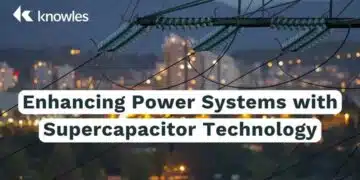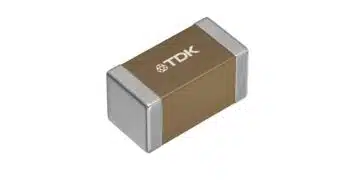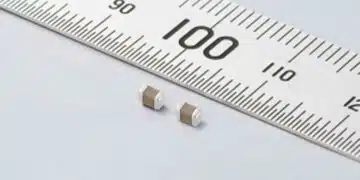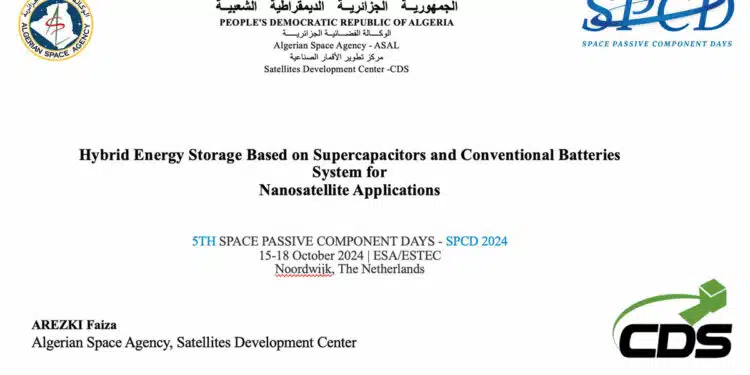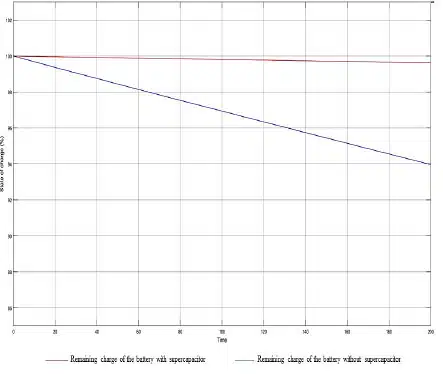This paper Hybrid Energy Storage Based on Supercapacitors and Conventional Batteries System for Nanosatellite Applications was presented by Faiza Arezki, Algerian Space Agency, Oran, Algeria during the 5th Space Passive Component Days (SPCD), an International Symposium held from October 15th to 18th, 2024, at ESA/ESTEC in Noordwijk, the Netherlands. Published under permission from ESA SPCD organizers.
Introduction:
Nanosatellites have emerged as critical assets in space technology due to their cost-effectiveness, flexibility, and capacity to support various applications such as scientific research, commercial usage, and military missions.
However, one of the significant challenges faced by nanosatellites is the development of reliable and efficient energy storage systems.
Traditional systems, relying heavily on batteries, face limitations when dealing with high-power demands, particularly during peak load operations. This article explores the integration of Hybrid Energy Storage Systems (HESS) that combine supercapacitors with conventional batteries to enhance nanosatellite performance.
Key Points:
- Challenges with Conventional Energy Storage: Batteries alone face degradation issues under high current demands.
- Role of Supercapacitors: Supercapacitors offer high power density, fast charge/discharge cycles, and longevity.
- Hybrid Energy Storage System (HESS): Combines the benefits of both batteries and supercapacitors, improving lifecycle, efficiency, and reliability.
- Modeling and Experimental Validation: The study includes simulations and experimental setups to validate the HESS performance.
Extended Summary:
The article begins by identifying the growing importance of nanosatellites in modern space missions. Despite their small size, these satellites are tasked with high-power operations, which traditional battery systems struggle to support effectively. Batteries experience reduced lifecycle and efficiency when subjected to high current loads, primarily due to limitations in their discharge capabilities.
To address this, the study investigates the integration of supercapacitors into nanosatellite energy systems. Supercapacitors are advantageous because they can deliver high power bursts, have a long cycle life, and operate efficiently across a wide temperature range. The European Space Agency has shown long-standing interest in supercapacitor applications, initiating studies to explore their potential in space environments.
The article delves into the modeling and simulation of supercapacitor behavior, essential for predicting performance in real-world scenarios. A two-branch equivalent circuit model is introduced to represent the dynamic behavior of supercapacitors more accurately, capturing both immediate and prolonged charge/discharge responses. Parameters for the model are identified through controlled laboratory experiments using a 2.7V, 100F supercapacitor.
Further, the study proposes a hybrid energy storage architecture, illustrating its components, including solar cells, lithium-ion batteries, and supercapacitors managed via a Power Management Unit (PMU). The system’s performance is analyzed using MATLAB/Simulink to simulate different operational modes and energy demands typical of nanosatellite missions.
Experimental results validate the model, demonstrating that HESS reduces the depth of discharge for batteries, thereby extending their lifespan. The inclusion of supercapacitors efficiently handles peak power demands, reducing the stress on batteries and ensuring stable power supply during critical mission phases.
Remaining capacity of battery extended up to 6.4% and 18% depending on the load scenarios. Furthermore, it is
observed that battery DOD is reduced from 50% to 36% as the supercapacitor supplies the peak load demand.
Conclusion:
The paper concludes that integrating Hybrid Energy Storage Systems in nanosatellites significantly enhances power reliability and efficiency.
By combining the high energy density of batteries with the high power density of supercapacitors, HESS addresses the limitations of traditional energy storage systems. Experimental results confirm improved performance, making HESS a promising solution for future nanosatellite missions, particularly those requiring frequent high-power operations.
Read the full paper:






